Many countries invest heavily in their military forces to protect their borders, maintain security, and assert global influence. With millions of personnel, both active and in reserve, some of these are larger and more advanced than entire nations. This list explores the world’s largest militaries, ranked by active personnel and looking at each nation’s resources, budgets, and strategic priorities. They range from high-tech forces with enormous budgets to those with unique defense strategies shaped by geography and political dynamics.
South Korea
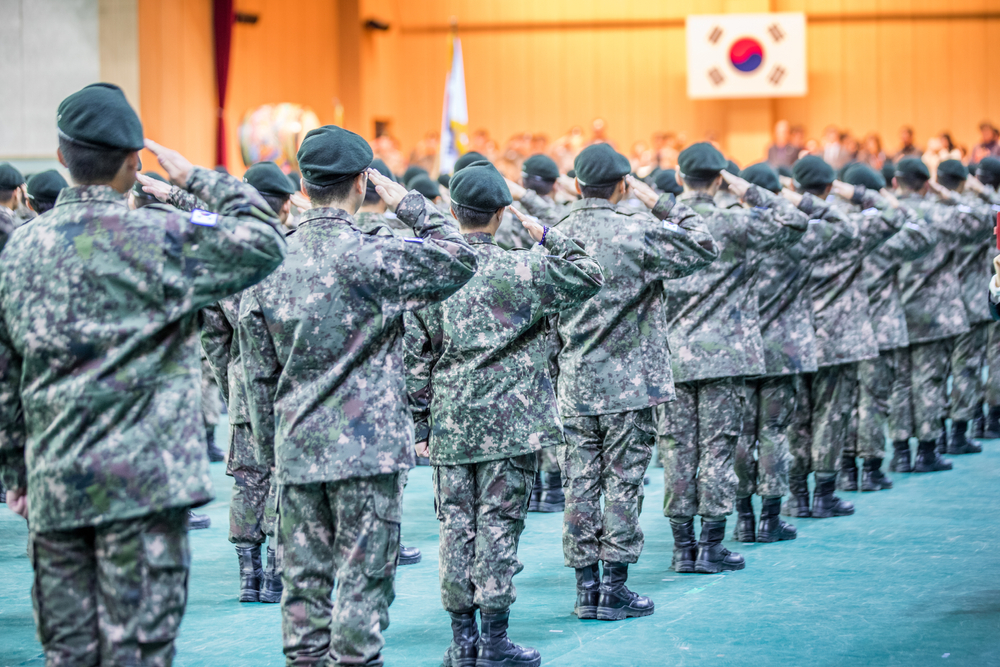
South Korea’s military includes approximately 600,000 active-duty personnel and around 3.1 million in reserve, bolstered by mandatory conscription for men. The Republic of Korea Armed Forces comprises the Army, Navy, Air Force, and Marine Corps, with significant investment in modern technology. Its defense budget of around $43.8 billion prioritizes advanced missile defense systems, including the THAAD and Aegis-equipped destroyers. With regional tensions, South Korea has developed a strong navy and air force, possessing over 700 aircraft and cutting-edge submarines. The military’s alliance with the United States enhances its operational capacity, with frequent joint exercises for improved readiness. Additionally, it has expanded its cybersecurity infrastructure, recognizing the growing importance of digital defense. The nation continues to invest in self-reliance, including domestic weapons development and production.
Vietnam
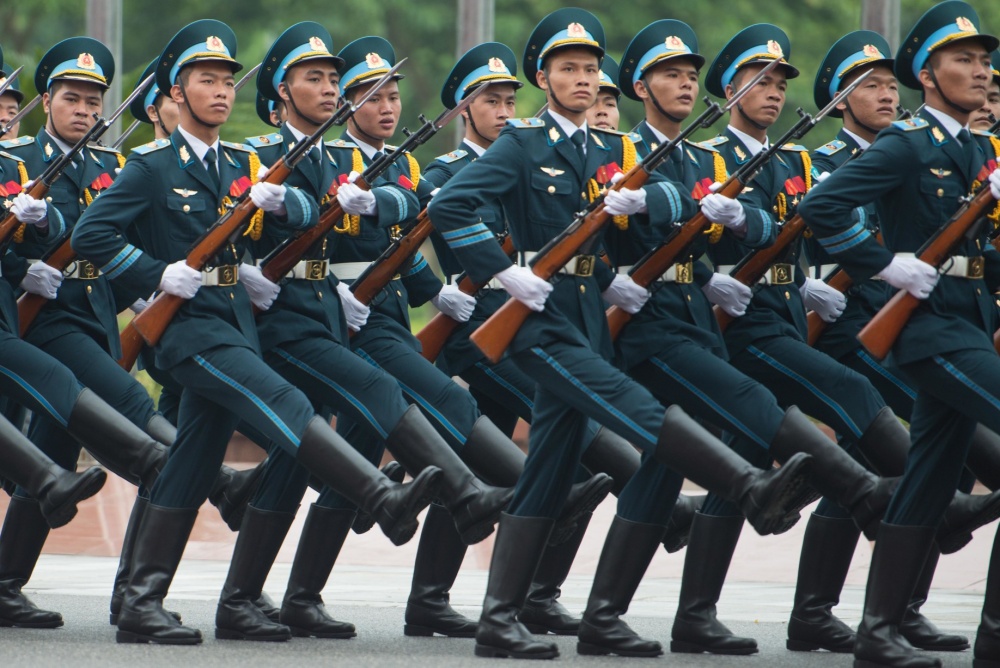
Vietnam’s armed forces include 600,000 active personnel and over 5 million reservists, a considerable size supported by a nationwide conscription system. The Vietnamese People’s Army operates across land, sea, and air branches, along with border defense and paramilitary units. Its defense budget remains moderate at around $5 billion, focusing on coastal and border security, as well as territorial sovereignty. With a history of guerilla warfare, the Vietnamese military is trained for defensive strategies, especially suited to the country’s varied geography. The country is strengthening its navy, which includes a fleet of submarines, to enhance its presence in the South China Sea amid regional tensions. The government emphasizes a self-defense doctrine, seeking to protect national interests rather than project power externally. Furthermore, Vietnam’s strategic alliances with countries like Russia bolster its defense capabilities through training and equipment support.
Iran
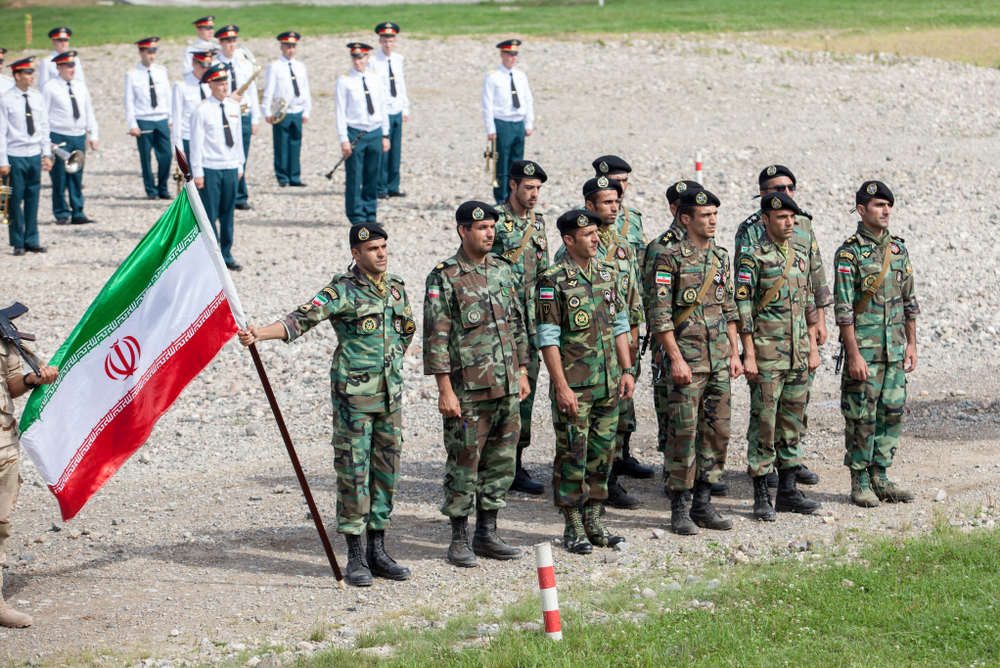
Iran’s armed forces consist of approximately 610,000 active personnel, with additional paramilitary forces under the Islamic Revolutionary Guard Corps (IRGC), bringing the total strength to around 1.2 million. Its defense budget of roughly $10.3 billion emphasizes missile development and regional security capabilities. The Iranian military includes the Army, Navy, and Air Force, as well as the IRGC, which handles specialized operations and ideological defense. The nation possesses a strategic missile arsenal, viewed as a counterbalance to regional adversaries. Its navy maintains a strong presence in the Persian Gulf, focusing on coastal defense and strategic deterrence. It has developed a self-reliant defense industry, manufacturing its weapons systems despite international sanctions. Moreover, the country is focused on asymmetric warfare strategies, designed to counter more technologically advanced militaries.
Pakistan
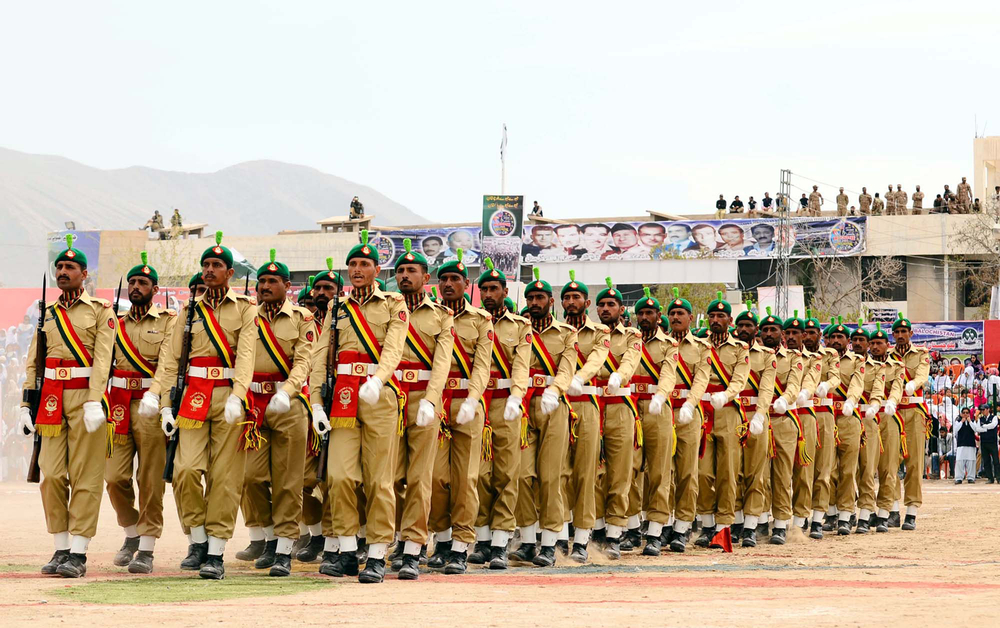
Pakistan’s military includes around 654,000 active personnel, with an estimated 500,000 in reserves, primarily structured around the Army, Navy, and Air Force. The Pakistani military operates with an annual budget of approximately $8.5 billion, prioritizing defense against regional security threats. Known for its nuclear capabilities, it maintains a strategic deterrence policy, balancing power with neighboring India. The country’s air force includes over 900 aircraft, while its navy, though small, is expanding to secure maritime interests in the Arabian Sea. It relies heavily on conscription to maintain readiness, with significant manpower committed to border defense and counter-terrorism. The military also plays a notable role in Pakistan’s domestic affairs, participating in disaster relief and infrastructure projects. In recent years, it has focused on modernizing its military through partnerships with allies like China and Turkey.
Ukraine
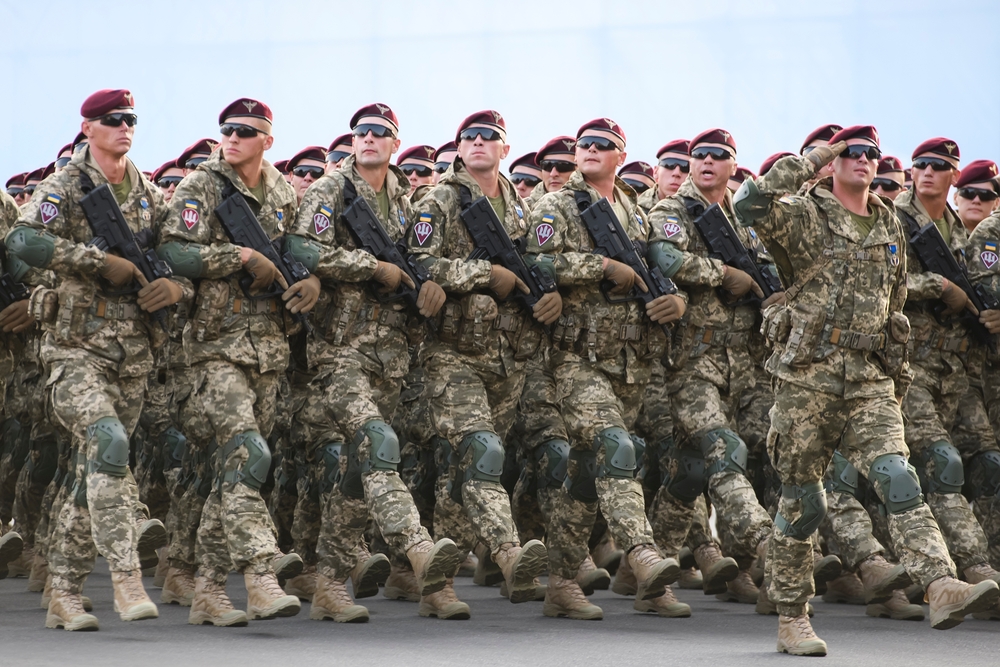
Ukraine’s military consists of approximately 900,000 personnel, including active and reserve forces, with a rapidly increasing budget due to ongoing conflict. The Ukrainian Armed Forces are divided into the Army, Navy, and Air Force, supported by paramilitary units and international aid. Due to recent conflicts, it has bolstered its defense spending, with a focus on advanced weaponry and training. Its military strength includes artillery, tanks, and air defense systems, supported by contributions from NATO allies. It has received substantial support from Western nations, including weapons systems, training, and intelligence sharing. The government has prioritized military reforms, enhancing coordination and rapid response capabilities. Furthermore, it has increased conscription to bolster its ranks in response to ongoing security challenges.
North Korea
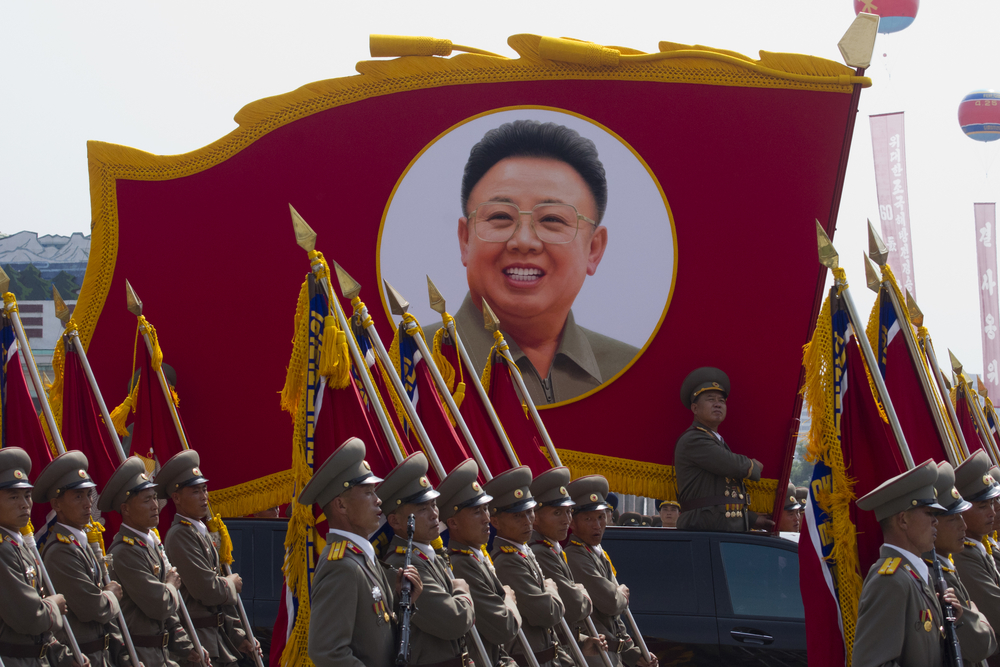
North Korea maintains an impressive active force of approximately 1.28 million personnel, supplemented by around 6 million in reserve, making it one of the most substantial forces per capita. The Korean People’s Army consists of the Ground Force, Navy, Air Force, and strategic rocket forces, emphasizing missile technology and nuclear capabilities. Despite a modest defense budget of around $4 billion, it prioritizes weapon development, frequently testing missiles that can potentially reach regional and intercontinental targets. Its military doctrine emphasizes asymmetric warfare, given its limited resources compared to neighboring South Korea and U.S. forces in the region. It is known for its extensive artillery stockpiles, stationed near the Demilitarized Zone (DMZ), positioning them as a critical deterrent. The regime operates under a “military-first” policy, with significant resources allocated to defense despite economic challenges. Additionally, its reliance on compulsory military service contributes to a highly trained and disciplined military force.
Russia
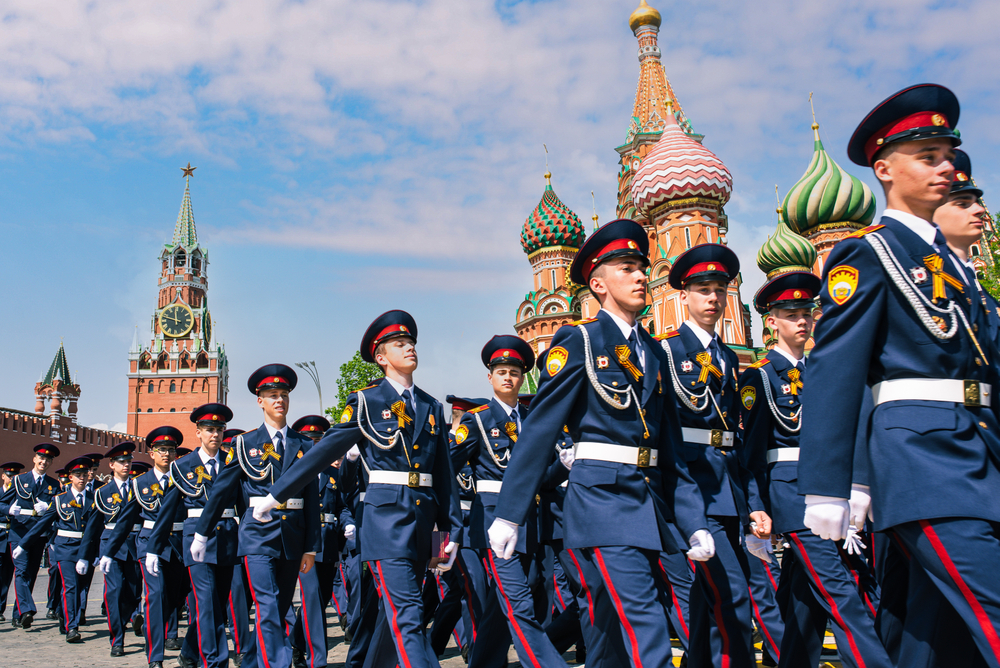
Russia’s military includes about 1.31 million active personnel, backed by over 2 million in reserves, forming one of the most substantial armed forces globally. The Russian Armed Forces are known for their powerful nuclear arsenal, with a focus on missile technology, and are divided into the Army, Navy, and Aerospace Forces. Its defense budget is estimated at $294.6 billion, heavily investing in nuclear deterrence and missile technology, alongside upgrades to its conventional forces. The country has a strong naval presence, with over 50 submarines and significant airpower, including strategic bombers and fighter jets. Due to its vast geographic territory, the Russian military is trained for diverse combat scenarios, from arctic to urban operations. Russia also maintains a conscription policy, requiring service from young men, which bolsters its reserve strength. Given recent conflicts, the nation has ramped up its defense production and invested in advanced weapons systems.
United States
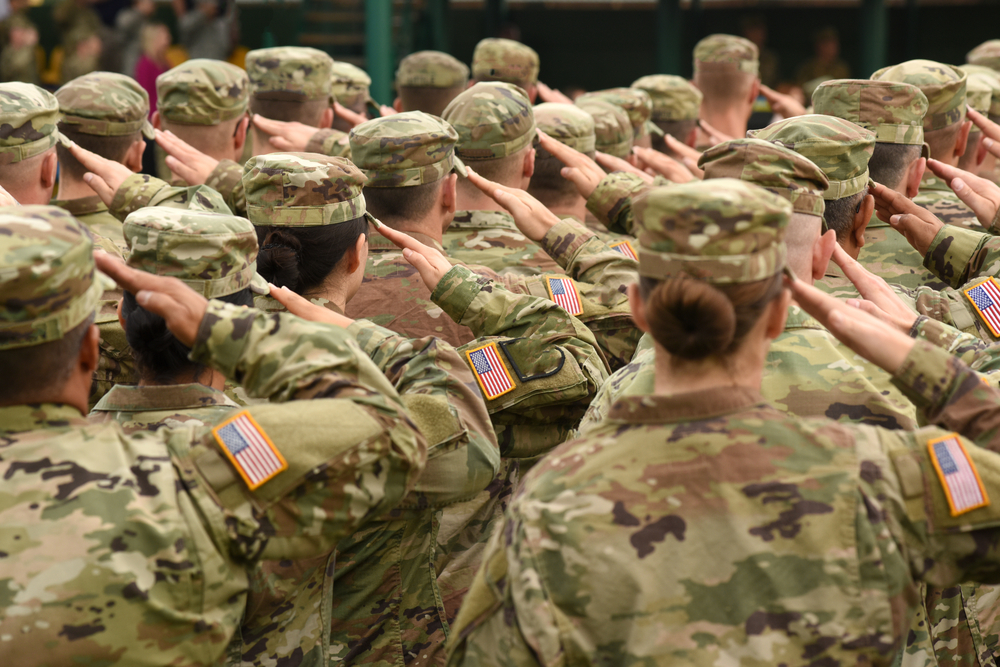
The United States operates one of the most advanced and powerful militaries globally, with approximately 1.32 million active personnel and around 800,000 reserve forces. The U.S. military is known for its technological sophistication, possessing a diverse fleet of over 11 aircraft carriers, 3,000 aircraft, and thousands of advanced tanks and armored vehicles. With an annual defense budget of about $905.5 billion, it outspends any other nation, directing resources to cybersecurity, space defense, and nuclear capabilities. The U.S. Armed Forces encompass the Army, Navy, Air Force, Marine Corps, and Space Force, each contributing unique capabilities to global operations. Emphasizing a strong global presence, the U.S. maintains bases worldwide and engages in joint exercises with allied nations. The Pentagon continues to prioritize modernization, focusing on artificial intelligence, advanced missile systems, and defense against cyber threats. In addition to active duty, the country has a well-funded veteran support system, offering services and reintegration programs.
India
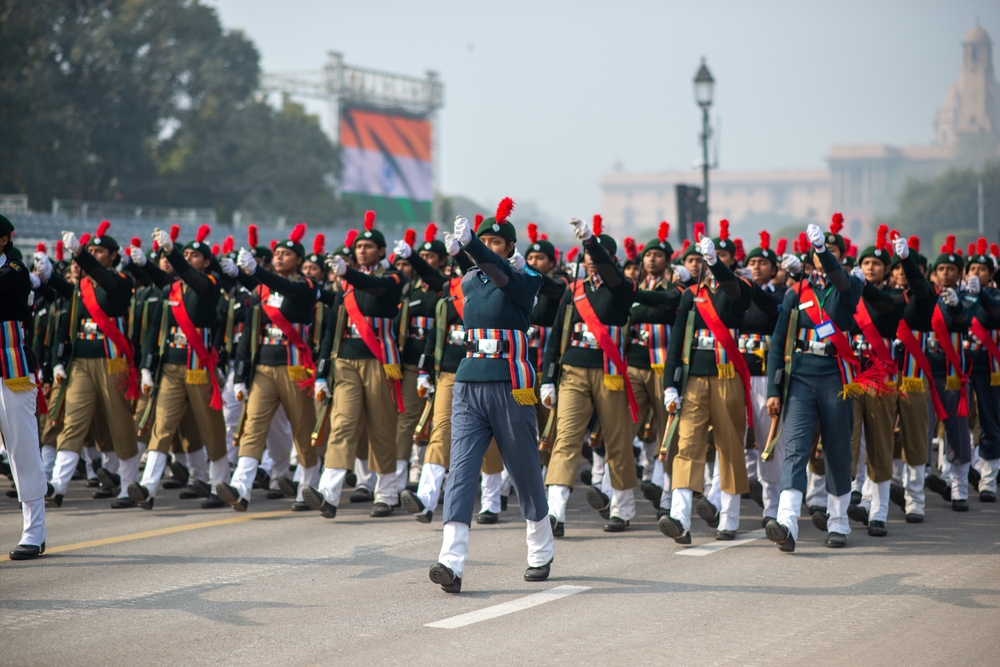
India’s armed forces are the second largest, boasting approximately 1.45 million active personnel as of 2024, supported by 1.2 million reserve forces. Known for its diverse capabilities, its military includes the Indian Army, Navy, Air Force, and strategic nuclear forces. The Indian Army is highly experienced in border defense and mountainous terrain, given ongoing regional tensions with neighboring countries. Its military budget stands at approximately $73.6 billion, focusing on upgrading its arsenal and indigenous defense production. With over 4,000 tanks, 800 combat aircraft, and an aircraft carrier, the Indian military is well-equipped for diverse operations. Additionally, its defense strategy prioritizes self-sufficiency, including a commitment to develop homegrown technologies. Its armed forces are not only large but also strategically significant, contributing to regional stability in South Asia.
China
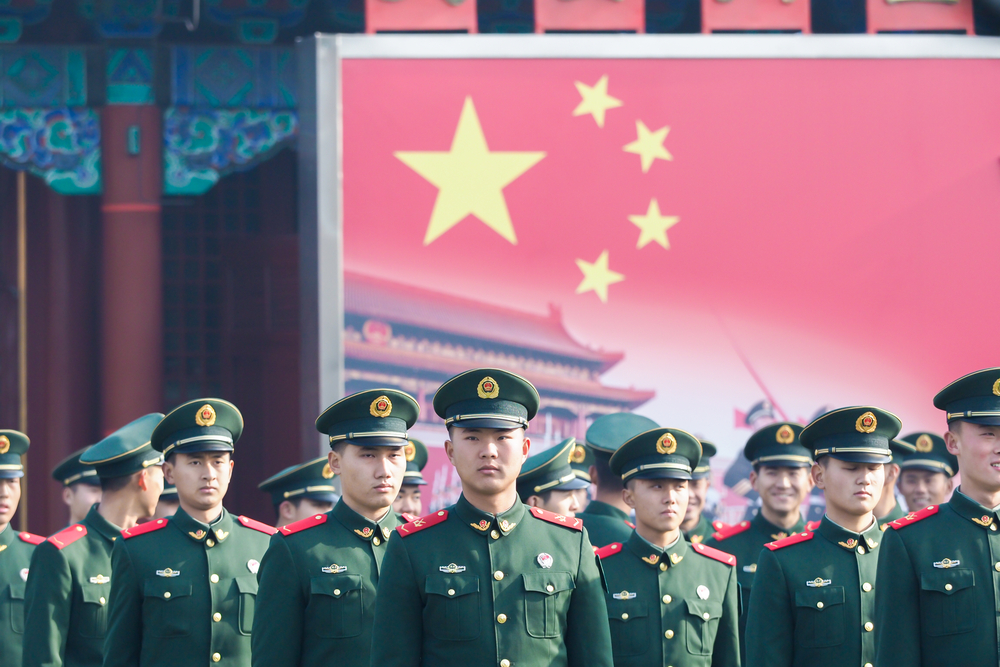
China holds the world’s largest military by active personnel, with over 2 million soldiers committed to active duty as of 2024. Its military force includes reserves and paramilitary units, totaling approximately 3.2 million personnel, making it a significant global power. The People’s Liberation Army (PLA) operates across five branches: the Ground Force, Navy, Air Force, Rocket Force, and Strategic Support Force. With an increasing defense budget, it maintains two active aircraft carriers and over 3,200 military aircraft, strengthening its regional and global influence. The Chinese government allocates about $407.9 billion annually for defense, ranking it second only to the United States in military expenditure. A robust research and development arm supports its technological advancements, focusing on cybersecurity, space capabilities, and missile development. The country’s military strategy emphasizes modernization and self-reliance, prioritizing high-tech systems and infrastructure expansion. Additionally, it has introduced new policies to reinforce conscription laws, ensuring military readiness.
This article originally appeared on Rarest.org.
More from Rarest.org
20 Keystone Species That Play a Crucial Role in Their Habitats

Keystone species are essential to maintaining the balance of their ecosystems. Without them, the structure of the habitat could change dramatically. These species often influence many other organisms in their environment, helping to regulate populations and maintain biodiversity. Read More.
20 Graceful Marine Mammals That Glide Through the Ocean`s Depths
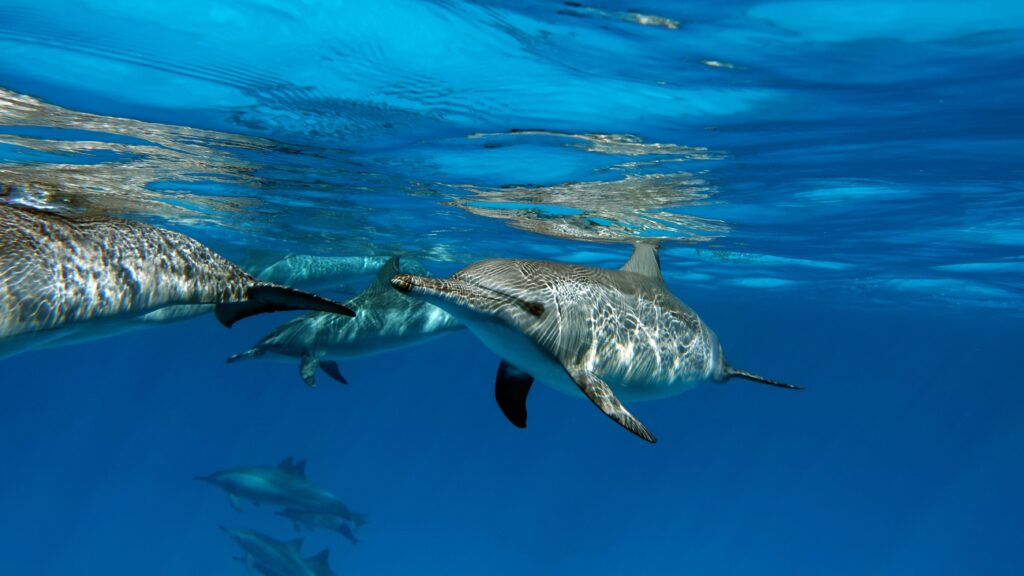
The ocean is home to some of the most graceful creatures on Earth. Marine mammals glide effortlessly through its depths, showcasing their beauty and power. Read More.
10 Oldest Churches in the World

Throughout history, churches have served as spiritual centers and architectural marvels, reflecting the religious, cultural, and historical significance of their time. Some of the oldest ones in the world date back as far as the 1st century AD and offer a glimpse into the origins of Christian worship. Read More.
